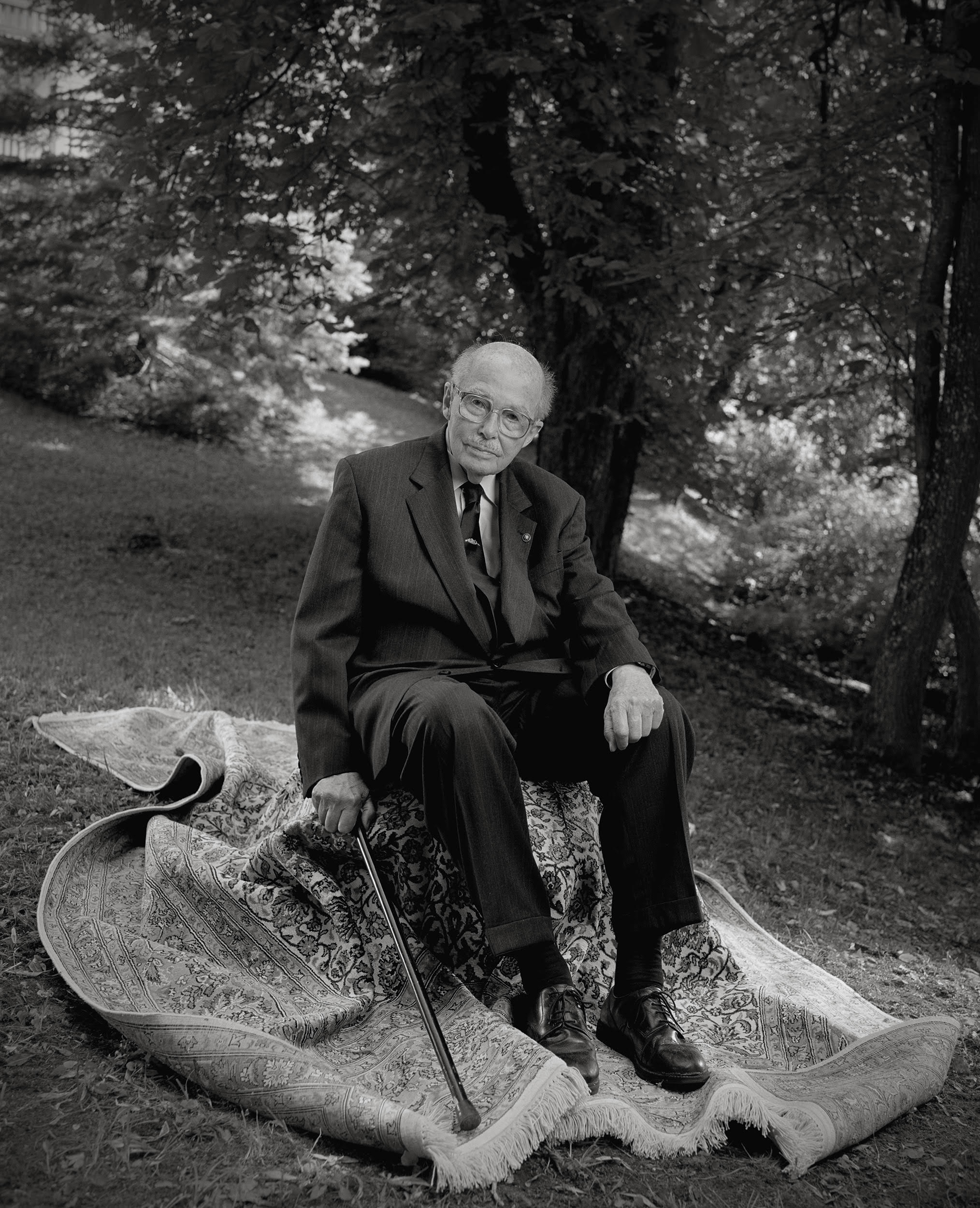Introduction
One of the more interesting forms of memory of the Hapsburg past, one can find in Croatia. This small European state, to borrow Benedict Anderson’s words, started to “reimagine” itself in the 1990s and reclaim its western European heritage lost following admission, first, into the South Slav Kingdom of Yugoslavia, and then authoritarian socialist state in the aftermath of the World War II. Not surprising, given that many of Eastern European states, formerly part of the Soviet sphere of influence, started to fabricate their own past and utilize nationalism as a tool of not only awakening national consciousness necessary to delegitimize communist rule but also desire to purify their nations and bring them home—to Europe, to West—where they believed they truly, and historical, belonged. In Croatia—and Slovenia as well— the Hapsburg monarchy became a prime tool in this process.

Nikola Subic Zrinski Square, Zagreb, Croatia-Slavonia, Austro-Hungary, circa 1905. Wikimedia Commons
First, the Hapsburg heritage was a natural counterargument to fight aggressive Serbian nationalism and expansionistic policies when there was no major difference in linguistics, often prime determinator of nationality. In other words, the monarchy helped to narrow down the 1990s bloody divorce to binary terms—they vs. us, west vs. east, and civilized vs. uncivilized—and, in a sense, announce to the world that Croatia should never have been put under one South Slav roof in the first place. Second, it provided an opportunity to dismiss the Yugoslav wars as civil war and solely European problem, as many in the West initially characterized this conflict—famously foreign minister of Luxembourg lamented in the early 1990s that “the hour of Europe has dawned.” With the Hapsburg Empire, successor and protector of the Western Roman Empire, and a long Croatian tradition of upholding and protecting Western and Christian values while part of this vast empire—Pope Leo X characterized Croatia as Antemurale Christianitatis [“the bulwark of Christianity”] for their ability to save Europe from the Turkish invasion —the Serbian aggression thus threatened not only existence of Croatia but also western ideals. Third, invoking loyalty to the monarchy, had strategic importance regarding securing much-needed support from the Hapsburg dynasty whose patriarch and son of the last Austro-Hungarian monarch, Otto von Hapsburg, was a powerful member of the European parliament from Germany and who, among other former European rulers, was looking for a way how to profit from the events of late 1980s and early 1990s. But, most importantly, without some hochkultur that was appealing to everyone, Croatian leadership would have a hard time uniting the people and removing remnants of the communist era. As Vladimir Tismaneanu wrote in his work Fantasies of Salvation: Democracy, Nationalism, and Myth in Post-Communist Europe, “A political myth is needed around which the afflicted society or groups that have been displaced or uprooted by the stormy changes can identify themselves, can gather and attempt to restore their collective life.” And, exactly, the Hapsburg monarchy, with its intriguing cultural tradition, gentlemanly manners, and continuing legacy, was a perfect choice.

Otto von Hapsburg, Archduke of Austria and heir to the Austrian throne. Wikimedia Commons
One has to recognize, however, that the strong political stance toward the Hapsburg past during the 1990s in Croatia was neither absolute nor should be seen as a rebuttal of Wilsonian idea of “self-determination,” which was a guiding principle of a new world order following the World War I, and the Paris Peace Conference that officially removed the monarchy from the political map of Europe. Instead, it was just a tool in the toolbox called nationalism.
Often this strong affection for the Hapsburg past was contradicted with always present rhetoric in political speeches and newspaper headlines that would go like “after nine hundred years of” oppressions, servitude, or foreign rule, followed by “Croatia is free,” “independent,” or something like that. Ironically, these expressions also characterized the time during the Hapsburg rule, as tyranny and, in a way, equated with the time in both First and Second Yugoslavia. But it did not matter. No one really asked themselves why alluding to one regime where, certainly, liberties and rights were not protected to the extent of our own, American standards, or the ones the conflict in the 1990s was fought for, was championed but the other one was flatly rejected. And if someone wondered, there was a plethora of evidence starting with terms of Croatian-Hungarian union in the twelfth-century to Pragmatic sanction of 1712 and existence of Croatian symbols of power such as parliament, governor, and status of certain towns as “free and royal” cities, that the politicians utilized to claim that the quasi sovereignty, something that the communist, and in particular Serbs, in Yugoslavia took away, existed in the monarchy. It was a choice of two evils. The monarchy was a lesser one, and, as we have already seen, necessary to achieve certain political goals.
In the next article, we are going to build on this post and look at what role did the Hapsburg dynasty play during the developments in the 1990s and how did the Croatian political elites utilize it. Following that will look at museum exhibits, public monuments, and brochures and travelogues for tourists. And, then we’ll get back to the question of nationalism and look at specific policies which ultimately will lead us to the answer on my research question: In what way(s) might the old, often forgotten, multi-national Hapsburg Empire still is politically and economically influential/important? In what ways might current thinking on socio-cultural topics in Croatia be affected by historical narratives of the Hapsburg Empire?
